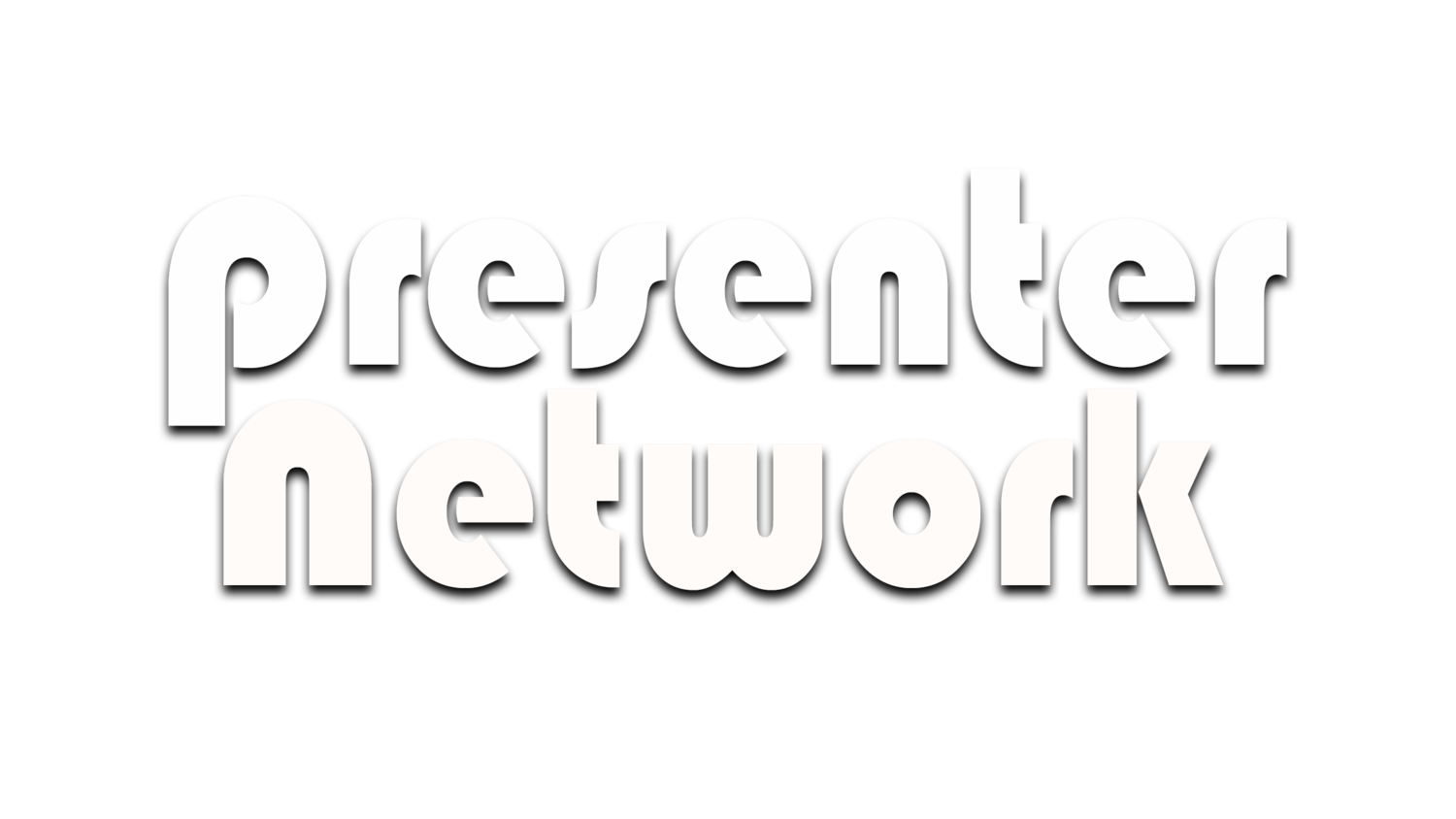Lose the "Umms" and "Errs" in Presentations
On-camera presenting can be a daunting task for many individuals. Whether it's a formal presentation, a business pitch, or even a classroom discussion, the way we communicate can significantly impact our message's effectiveness. One common stumbling block in public speaking is the excessive use of filler words such as "umms" and "errs." These verbal crutches can undermine our credibility, distract the audience, and dilute the impact of our ideas. In this article, we will explore the importance of eliminating these speech fillers and discuss strategies to overcome them, ultimately enhancing our communication skills.
Understanding the Impact of "Umms" and "Errs":
Filler words like "umms" and "errs" serve as placeholders in our speech, indicating a momentary pause as we gather our thoughts. While occasional pauses can be natural and effective for emphasis, an excessive use of these fillers can weaken our overall presentation. Here's why:
a) Credibility and Confidence: The repetitive use of "umms" and "errs" can give the impression that the speaker is uncertain, unprepared, or lacking in confidence. It may cause the audience to question the speaker's knowledge or authority on the subject matter.
b) Distraction and Loss of Focus: When a speaker relies too heavily on filler words, the audience's attention may shift from the content being presented to the speaker's verbal tics. This distraction can make it challenging for listeners to follow the main points and absorb the intended message.
c) Dilution of Impact: Filler words dilute the impact of our ideas by interrupting the flow of our speech. Instead of conveying a clear and concise message, excessive fillers create a sense of uncertainty and confusion, diminishing the persuasive power of our arguments.
Strategies to Minimize Filler Words:
Overcoming the habit of using "umms" and "errs" requires conscious effort and practice. By employing the following strategies, speakers can gradually reduce these speech fillers:
a) Awareness and self-reflection: Start by becoming aware of your usage of filler words. Record yourself while practicing or delivering a presentation and listen for instances of "umms" and "errs." Recognizing these patterns will help you understand the extent of the issue and identify areas for improvement.
b) Slow down and breathe: Often, filler words creep into our speech when we feel rushed or anxious. Slowing down the pace of your delivery and taking deliberate pauses can give you time to gather your thoughts and articulate your ideas without relying on fillers. Focus on taking deep breaths to maintain a steady rhythm.
c) Preparation and rehearsal: Thoroughly prepare your content before any presentation. Outline key points, rehearse your speech, and anticipate potential areas where you might stumble. The more familiar you are with your material, the less likely you'll rely on fillers.
d) Replace with pauses: Embrace the power of silence. Instead of inserting an "umm" or "err," pause momentarily to gather your next thought. Pauses can enhance your delivery, create anticipation, and add emphasis to key points.
e) Seek feedback and practice: Encourage trusted colleagues, friends, or mentors to provide constructive feedback on your speech delivery. Practice in front of a mirror or join public speaking groups or workshops to refine your communication skills.
Conclusion:
Losing the "umms" and "errs" from our speech is a worthy endeavor for any public speaker. By eliminating these filler words, we can enhance our credibility, maintain the audience's focus, and deliver a more impactful message. Through self-awareness, preparation, and practice, we can gradually replace these fillers with deliberate pauses, allowing our ideas to shine and
